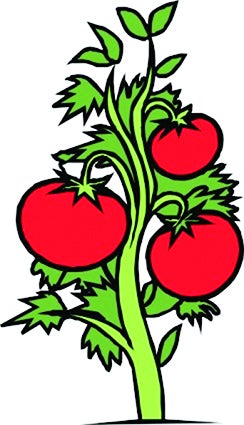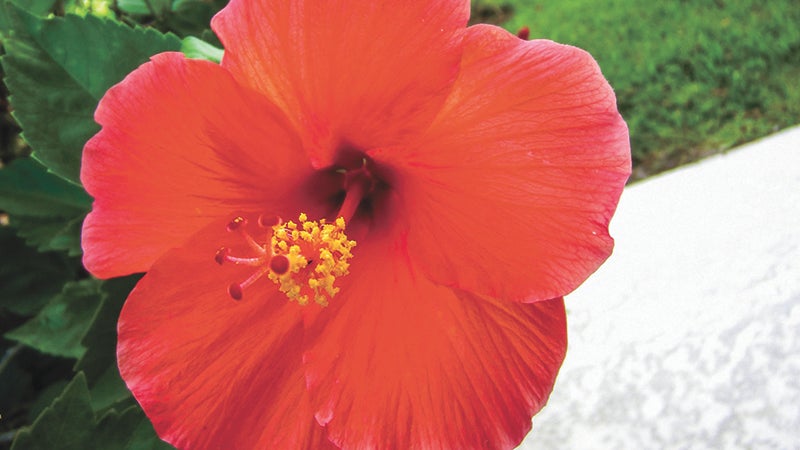OUT IN THE YARD: What is soil in Southeast Texas?
Published 11:39 pm Saturday, November 26, 2016
By Tim Schreck
Soil is a mixture of minerals, water, air, organic matter, microscopic organisms, and decaying remains of living things. Soil also provides a medium to support growth of plants. Soil is a part of the cycle of life for all land species on earth, from feeding them to breaking down their remains.
Mineral particles make up the highest percentage in soil. These mineral particles include sand, silt or clay. Living and non-living organic matter make up the next largest percentage by weight. If you look at soil, it appears to be dead but that is the farthest from the truth. Within one teaspoon of soil, there are billions of bacteria, fungi and microorganisms.
All these live, doing their part, breaking down matter into smaller and smaller matter until the molecules are small enough for plants to absorb back into the plant. The cycle then starts again, growth, death, decompose, and, breakdown. With this definition, I am convinced that Southeast Texas does not have soil.
We live in the Gulf Cost Prairie and within that, we live in the area called Beaumont-League-LaBelle. Soil from Baytown to Lake Charles is mostly clay deposited here over 66 million years ago at the end of the Cretaceous period and the end of the dinosaurs.
It is hard to believe that the whole state of Texas was under water before that and that the Western Interior Seaway reached from the Gulf Coast through Colorado and on up into Canada. As the water slowly receded, silicates and oxides washed down from the north developing the clay in our area. These minerals are very small, usually smaller than four microns. They also carry positive and negative charges.
Our clay is a mixture that is heavy, very dense, and since opposites attract, it wants to stick together. Clay soils also have a large swell factor. The clay structure promotes absorption of water and swells. As the clay dries, it contracts causing cracks in the ground. This causes havoc with buildings and with plant roots.
Even if a plant can grow in clay, few can withstand the contraction and expansion that happens each year, constantly ripping and tearing the root system to pieces.
There is no way to reverse what nature has created over millions of years but we can work with it. The easiest method to work with clay soils is to ignore it and build raised beds on top of it. If you really want to grow in clay, continuously applying and working in organic matter will do wonders. Many people say mixing sand into the clay works, but it will not do much to help. Sand will help with compaction, but will not turn the clay around to become ideal soil.
Organic matter helps the clay by allowing roots to penetrate the clay leaving behind more and more organic matter. It also helps with water absorption and dampening the effects of swelling. As more organisms move around, the electronic charges that hold the particles together slowly are dispersed and discharged. All these actions move the clay toward a more palatable environment for plants to grow in.
You can reach Master Gardener Tim Schreck at timothyrschreck@gmail.com or call Texas A&M AgriLife Extension Service at 409-835-8461.





